
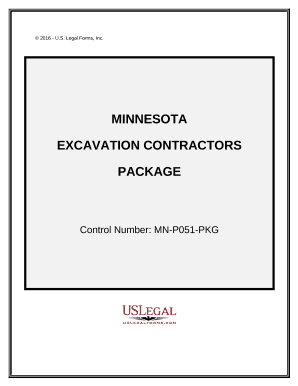
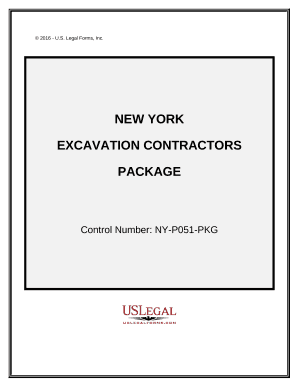


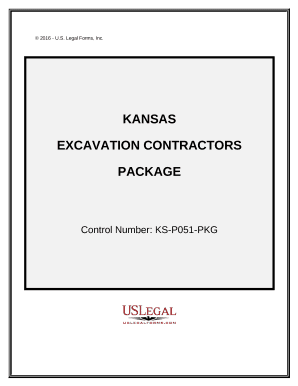

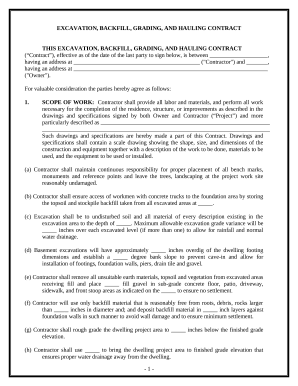
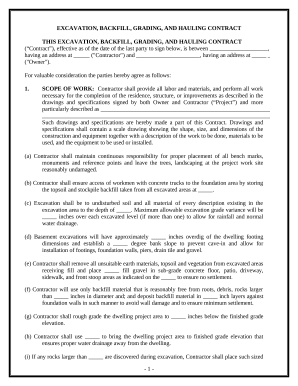

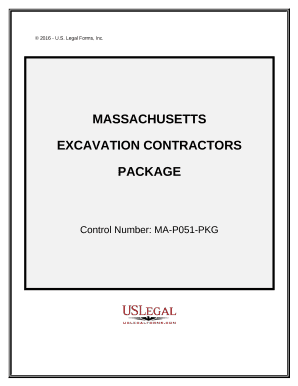
Document management can overwhelm you when you can’t locate all of the forms you need. Fortunately, with DocHub's substantial form library, you can get everything you need and promptly handle it without the need of switching between programs. Get our Excavation Legal Documents and begin working with them.
How to use our Excavation Legal Documents using these easy steps:
Try out DocHub and browse our Excavation Legal Documents category without trouble. Get your free profile today!